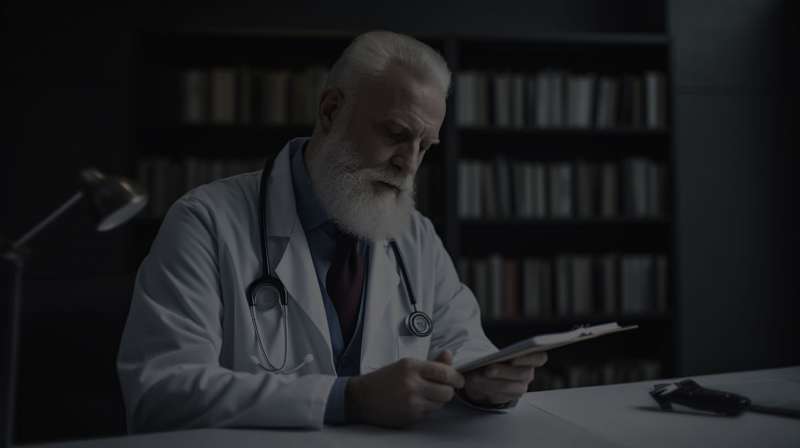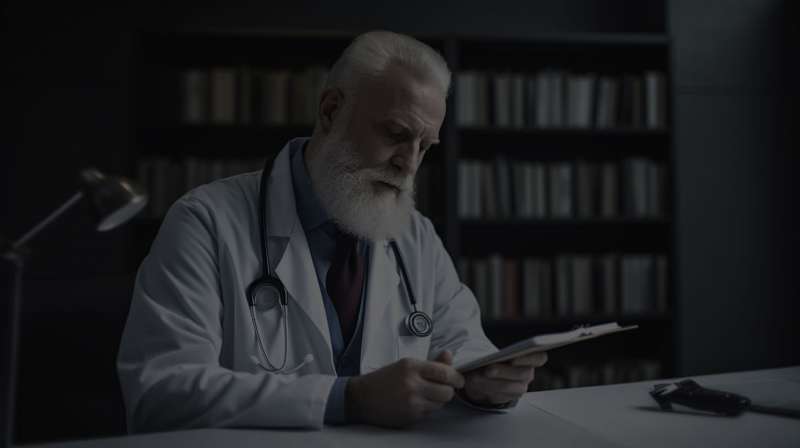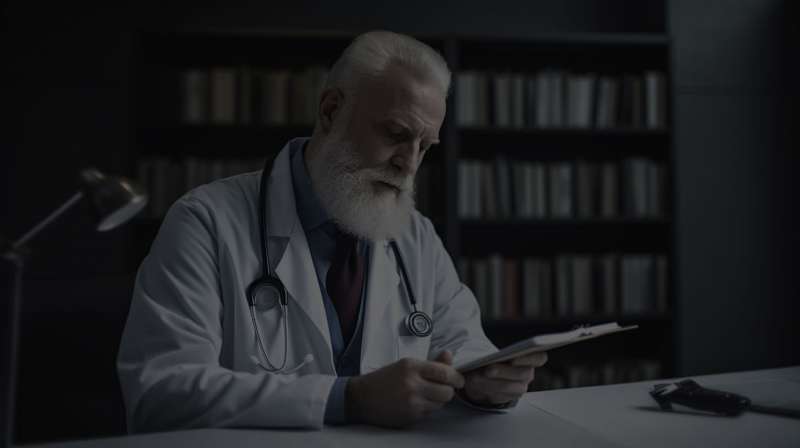Important Information
First degree burns (superficial burn) affect only the outer skin layer; The skin is red, slightly swollen and painful to touch, such as sunburn
Second degree burns (partial thickness burn) go in to the second skin layer and usually appear as blisters on red splotchy skin
Treat any large burn on the face, hands, feet, groin, buttocks or any major joint as a medical emergency; Follow primary and secondary care procedures
Never put ice, butter, oils, grease, ointments or oily creams on a burn
Do not peel off any clothes or break or burst any blisters
Do not use any fluffy materials which will stick to the burned area such as cotton wool; Elevate burnt limbs when possible
Patients with third degree burns (full thickness burn); second degree burns that cover more than 1% of the body surface area; first degree burns that cover over 5% of the body surface area; burns to the hands, feet, face or genitals, mixed degree burns, burns extending around a limb or burns on children, should go to Hospital
Forth degree burns are the most severe. A fourth degree burn goes through the skin and tissue affecting muscles and bones. The victim's skin may be blackened or completely burned away. There is often nerve damage with a fourth degree burn, so the patient may feel no pain.
Patient Care; Minor Burns
- Wear gloves to protect yourself and the patient from disease transmission
- Flush or soak the burn in cool water for at least ten minutes
- If possible, remove any jewellery, watches, belts or constricting items from the injured area before swelling begins
- Cover the area with a sterile non fluffy dressing and bandage loosely; Check the burn daily for signs of infection




Share on social media